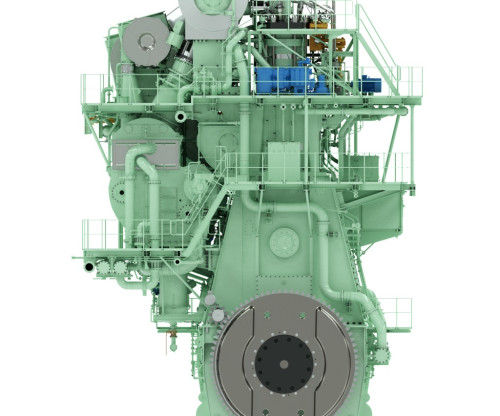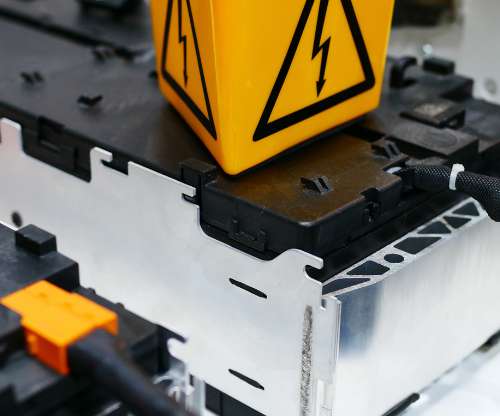First orders for MAN G80 dual-fuel methanol engine
Green Car Congress
MARCH 10, 2023
(HJSC) have respectively ordered seven and two MAN B&W G80ME-LGIM dual-fuel engines in connection with the construction of 9 × 9,000 TEU container vessels for HMM Co., The G80 engines will, upon delivery, be connectivity-ready and prepared for digital services such as PrimeServ Assist.
























Let's personalize your content